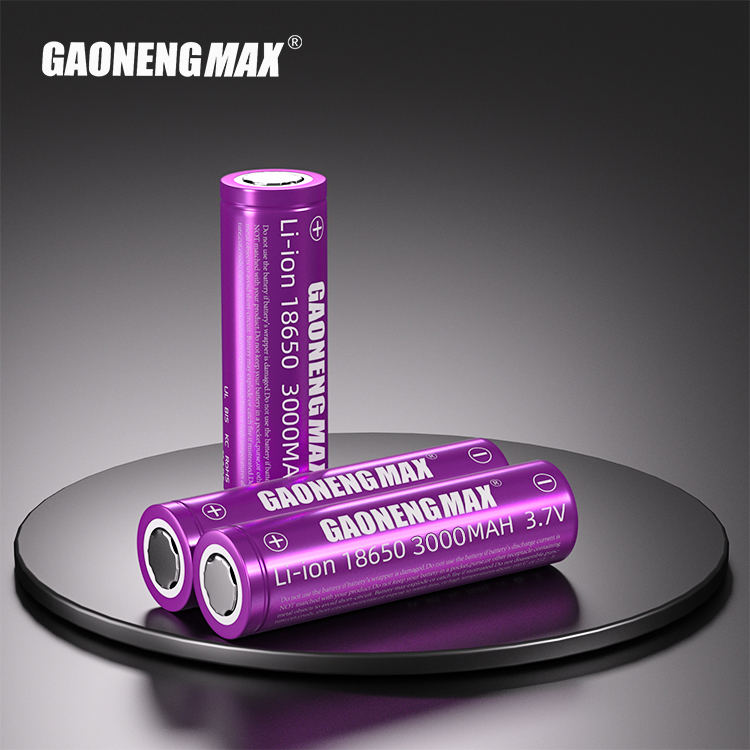

The typical circuit of a switching power supply made with UC3842 is shown in Figure 1. Overload and short-circuit protection is generally achieved by stringing a resistor (R4) across the source of the switch tube and sending the current signal to pin 3 of the 3842. When the power supply is overloaded, the 3842 protection action reduces the duty cycle, the output voltage decreases, and the supply voltage Vaux of the 3842 also decreases. When it is so low that the 3842 cannot work, the entire circuit shuts down, and then relies on R1 and R2 to start the next startup. process. This is called "hiccup" protection.
In this protection state, the power supply only works for a few switching cycles, and then enters a very long (hundreds of ms to several seconds) startup process. The average power is very low, and even a long-term output short circuit will not cause damage to the power supply. Due to leakage inductance and other reasons, some switching power supplies have large switching peaks in each switching cycle. Even when the duty cycle is very small, the auxiliary voltage Vaux cannot drop low enough. Therefore, the rectifier diode of the auxiliary power supply is generally connected in series. A resistor (R3), which forms an RC filter with C1 to filter out the spike at the turn-on moment. By carefully adjusting the value of this resistor, satisfactory protection can generally be achieved. When using this circuit, you must pay attention to selecting a relatively low auxiliary voltage Vaux, which is generally 13~15V for 3842, so that the circuit can be easily protected.
Figure 1 is the most widely used circuit, but its protection circuit still has several problems:
1. During mass production, due to differences in components, there will always be some power supplies that cannot be well protected. In this case, the value of R3 needs to be adjusted individually, which will cause trouble in production;
2. When the output voltage is low, such as 3.3V or 5V, due to the large output current, the output voltage does not drop much when overloaded, and it is difficult to adjust R3 to an ideal value;
3. In forward application, although the auxiliary voltage Vaux also changes with the output, it has a greater relationship with the input voltage HV, and it is difficult to adjust R3 to an ideal value.
At this time, if an auxiliary circuit is used to realize protection shutdown, better results will be achieved. The implementation principle of the auxiliary shutdown circuit: when overload or short circuit occurs, the output voltage decreases and the optocoupler of the voltage feedback is no longer conducting. When the auxiliary shutdown circuit detects that the optocoupler is no longer conducting, it will act after a period of delay and close. power supply.
Figures 2, 3, and 4 are common circuits. Figure 2 uses the method of pulling down pin 1 to turn off the power. Figure 3 adopts the method of disconnecting the oscillation loop. Figure 4 adopts the method of raising the second foot and then lowering the first foot. In these three circuits, even if the R3 resistor is not needed, it can still be well protected. Pay attention to the role of C4 in the circuit. When the power supply is started normally, the optocoupler is blocked, so C4 is used to delay the action of the protection circuit for a period of time. It also plays a role in delay protection during overload or short circuit protection. In situations where the starting current of light bulbs, motors, etc. is large, the value of C4 should also be larger.

Popular recommendation
LR726 battery.Energy storage battery usage scenarios
2023-10-14CR2354 battery.Rookie in the energy industry---methanol fuel
2023-10-08AG6 battery.Process flow of 18650 cylindrical battery sleeve labeling machine
2023-10-09aa alkaline battery.Manufacturing nickel-metal hydride batteries must ensure battery performance and
2023-10-09battery aaa alkaline.Research progress on metallurgical treatment of waste nickel-cadmium batteries
2023-10-09aa alkaline battery!Analyze the application of ferroelectric random access memory F-RAM in power bat
2023-10-08Introduction to lithium battery
2022-11-28What is the difference between energy storage lithium-ion battery pack and power lithium-ion battery
2022-11-07Nickel Metal Hydride No. 5 battery.Research and latest progress of nickel-cobalt-manganese ternary m
2023-10-09lithium battery 18650 3.7v.Interpretation of CATL’s latest patented technology for lithium-ion batte
2023-10-08Classification of ternary lithium ion batteries
2022-11-25Button battery type
2022-06-18